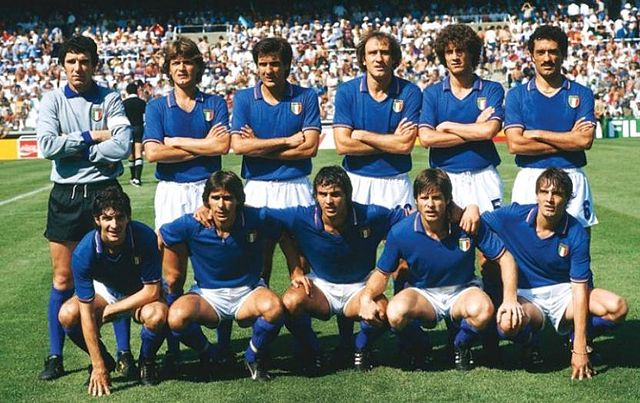Top Qs
Timeline
Chat
Perspective
Savoy blue
Shade of saturated blue From Wikipedia, the free encyclopedia
Remove ads
Savoy blue (Italian: blu Savoia) or Savoy azure (azzurro Savoia), also known as Italian blue (blu italiano), is a shade of saturated blue between peacock blue and periwinkle, lighter than peacock blue.[1] Since the middle ages, it has been the colour of the House of Savoy, the royal dynasty of the Kingdom of Italy from 1861 to 1946. As well as its predecessor state, the kingdom of Sardinia-Piedmonte.
Having become a National symbol of Italy with the Risorgimento (1859–70), its use continued even after the birth of the Italian Republic (1946) under the name Italian blue. Currently, it's used in the Presidential Standard of Italy, the sashes for the Italian Armed Forces' officers and the presidents of the Provinces of Italy during the official ceremonies, and of the blue jersey for Italian national sports teams.
Remove ads
Historical origin

The origin of the colour seems to date back to 20 June 1366 when Amadeus VI, Count of Savoy, before leaving for the Alexandrian Crusade to help his cousin, the Byzantine emperor John V Palaiologos, wanted that on the flagship of the fleet of 17 ships and 2,000 men, a galley from the Republic of Venice, waved, next to the red banner with the silver cross of the Savoys, a blue flag:[2]
[...] of devotion of Azure Banner with the image of Our Lady in the field sown with stars (gold). And that colour of sky consecrated to Mary is, as far as it seems to me, the origin of our national colour [...][a]
The colour therefore has a Marian implication, bearing in mind that there is also the possibility that the use of a blue banner by the Savoys started earlier.[4] In any case the oldest documented Savoy flags, dating back to 1589, have the colours red, white (or the colours of the coat of arms of the dynasty) and blue.[5] The latter colour acquired over time prevalence until it became the Italian national colour.
Remove ads
Use
Summarize
Perspective
Referring to the Marian devotions, the ribbons of the Order of the Annunciation (the highest Savoyard order of chivalry), are blue, as are the ribbons of the Military Order of Savoy until 1855 and of the Medal of Military Valor and the War Cross for Military Valor until today.[6]

For the officers, a blue sash was provided in the outfit, worn passing over the right shoulder and knotted on the left side. In 1572 this use was made obligatory for all the officers by Emmanuel Philibert, Duke of Savoy.[6] Through various transformations, the Savoy blue sash is still the main insignia of the Italian armed forces' officers, who dress it both in ceremonial services and, sometimes, on guard.[6] The Soldiers of the Royal Sardinian Army before 1848 wore a blue cockade.

Other uses in the Republican era of Savoy blue are the edge of the Italian presidential standard as well as on the institutional flags of some primary public offices (Prime Minister of Italy, minister and undersecretary of defence, high degrees of the Italian Navy and of the Italian Air Force), as well as on the distinctions of the presidents of the Italian provinces[6][7] and on the aircraft used by the Frecce Tricolori.



In the sporting field, the Savoy blue distinguishes almost all of the athletes who represent Italy internationally in any discipline: the origin of the use of this colour dates back to 6 January 1911, when the Italy national football team faced in Milan the Hungary national football team.[6][8] The term blue shirt by now represents for metonymy the international appearance for Italy, and the athletes who represent the country are called azzurri.[9] Furthermore, since 2021, the color has been chosen as the livery color of the aircraft of the Italian flag carrier ITA Airways.
There is no univocal colour coding of the blue shirt, so that the shade of blue is historically varied over time both within the same national team and, for example, in the same historical era between national teams of different disciplines.[10]
Remove ads
Other shades of colour
See also
Notes
References
Wikiwand - on
Seamless Wikipedia browsing. On steroids.
Remove ads